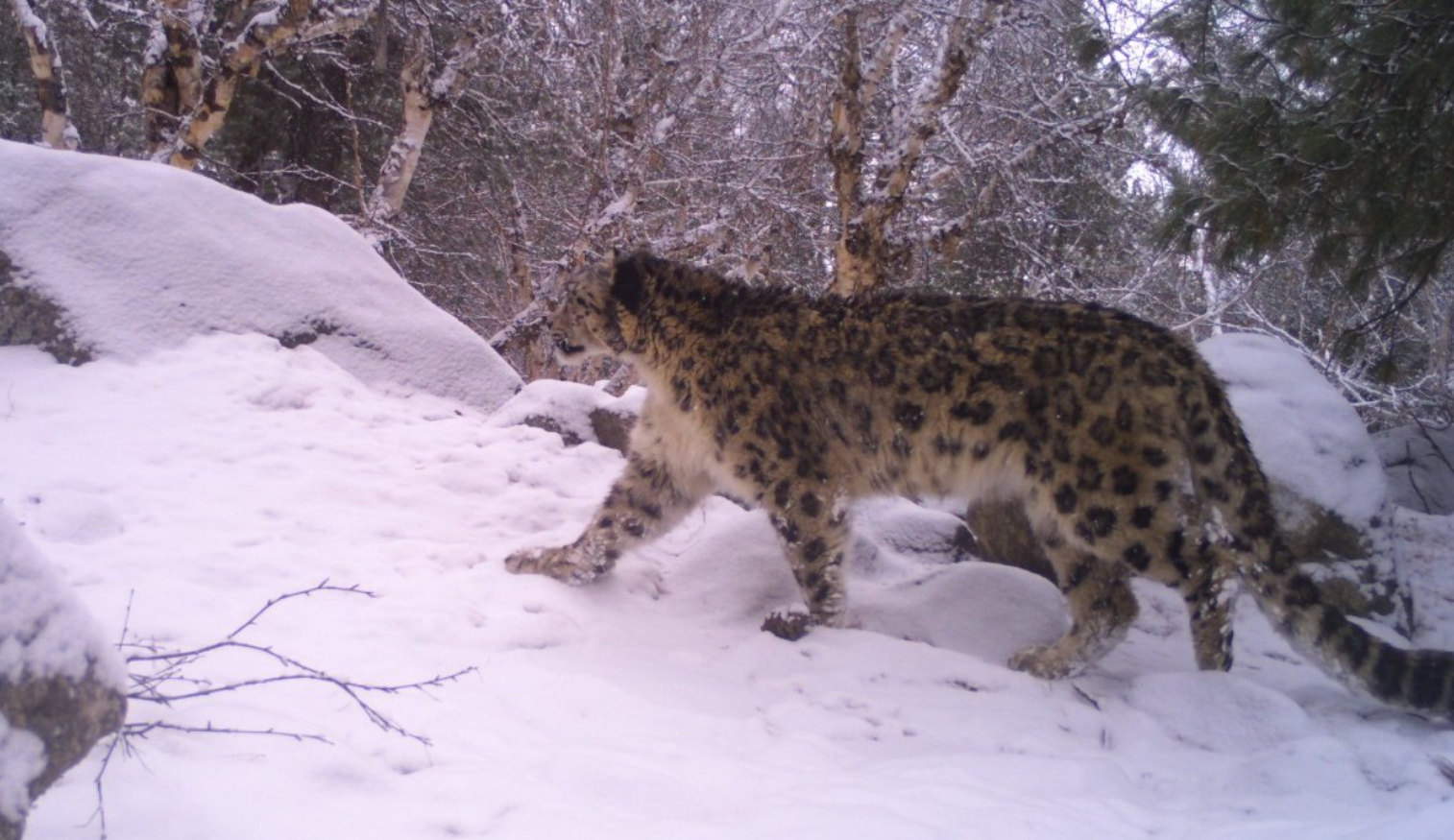In a groundbreaking revelation, India’s first-ever snow leopard population assessment has unveiled an estimated 718 snow leopards residing within the country’s borders. The highest concentration of these elusive and endangered cats is found in the rugged terrains of Ladakh.
Snow leopards, known as the ‘Ghosts of the Mountains’, are one of the most enigmatic and least understood of all big cat species. Their elusive nature and the inhospitable terrain they inhabit have made them incredibly challenging to study. This recent population assessment, therefore, marks a significant milestone in India’s conservation efforts.
The assessment was carried out using a combination of methods, including camera trapping and non-invasive genetic sampling. The data collected provides invaluable insights into the distribution and abundance of snow leopards in India, contributing to the global understanding of this species.
Ladakh, with its high-altitude cold desert conditions, emerged as the region with the highest number of snow leopards. The harsh, rugged landscapes of this region provide an ideal habitat for these cats, offering them the seclusion they need and an abundance of prey species.
The presence of a robust snow leopard population is a positive indicator of the health of the high-altitude ecosystems they inhabit. As apex predators, snow leopards play a crucial role in maintaining the balance of these fragile ecosystems.
However, snow leopards across their range face numerous threats, including habitat loss due to infrastructure development, retribution killing following livestock predation, and the impacts of climate change. The findings of this assessment underscore the importance of continued conservation efforts to ensure the survival of this iconic species.
India’s first-ever snow leopard population assessment is a testament to the country’s commitment to biodiversity conservation. It provides a solid foundation for future research and conservation planning, paving the way for robust strategies to protect snow leopards and their high-altitude habitats.
In conclusion, the revelation of 718 snow leopards in India, with the highest population in Ladakh, is a beacon of hope for conservationists worldwide. It serves as a reminder of the beauty and diversity of life that exists in our world’s most remote and challenging environments, and the urgent need to protect it.



